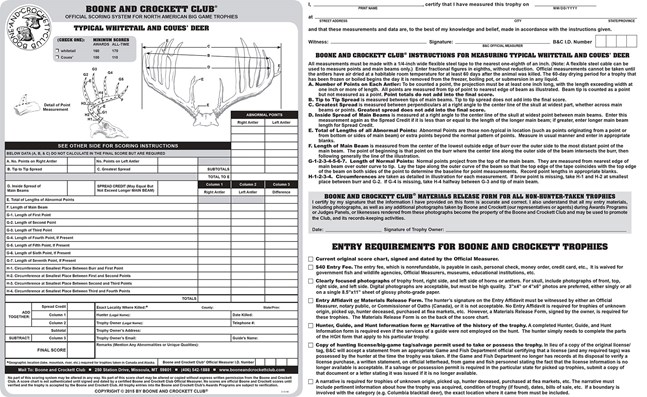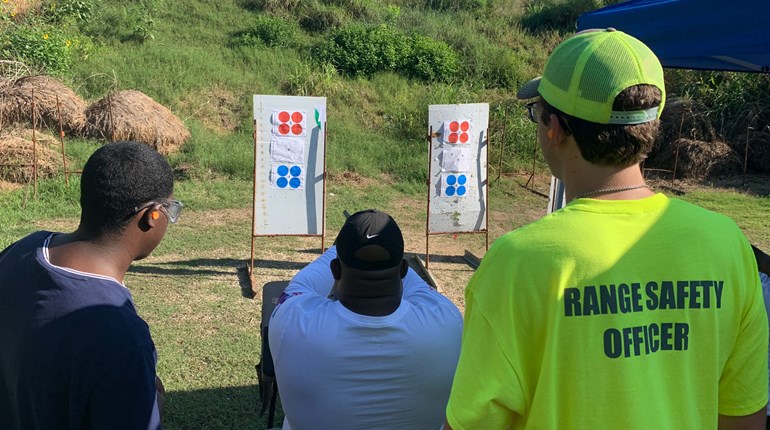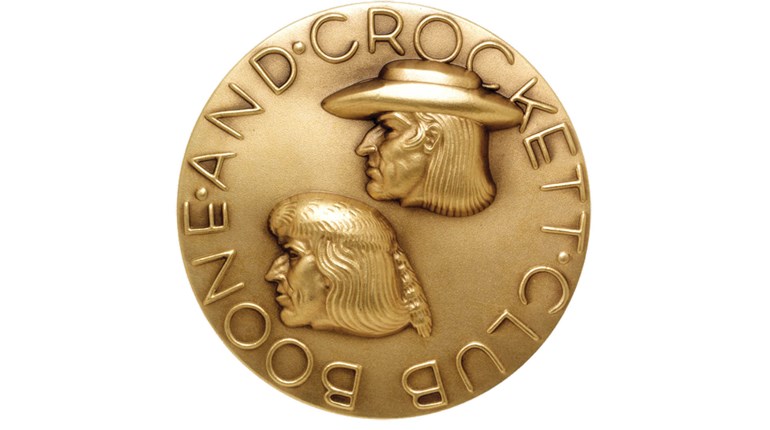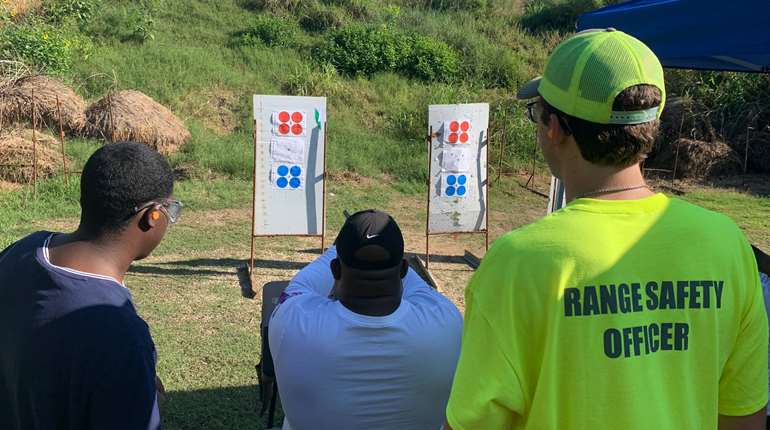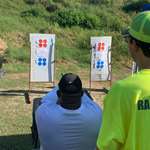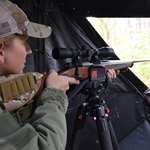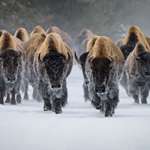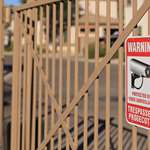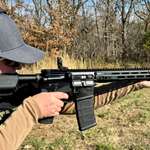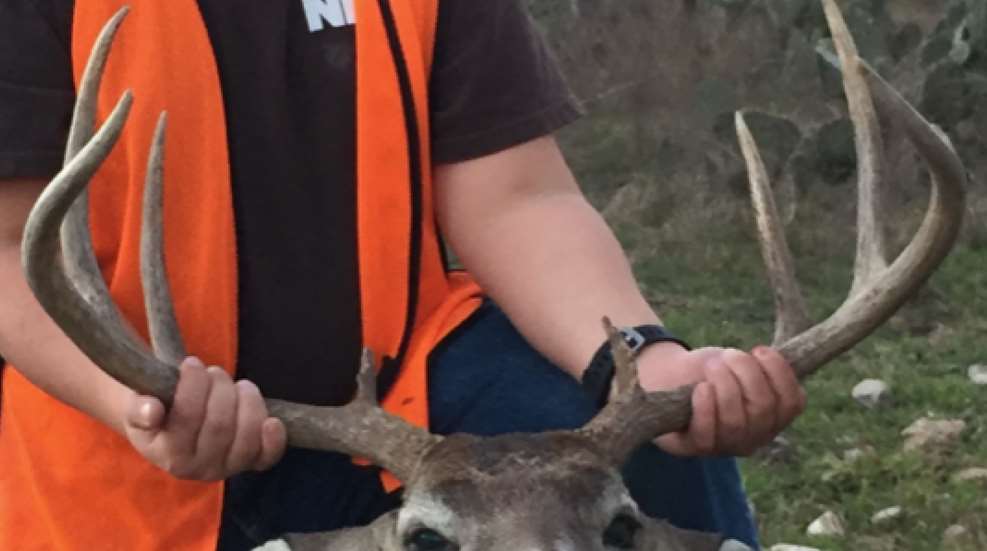
If you are an avid hunter, you go through the same ritual every year. As we head into fall, we begin to get excited about our upcoming hunts. We sight in our firearms, reorganize our hunting packs, and gather up any other equipment that we need to have ready. For most of us, it is about “filling the freezer” with venison. Of course, it would be nice to get that “wall hanger,” but for most of us, it is about the traditions and heritage of hunting.
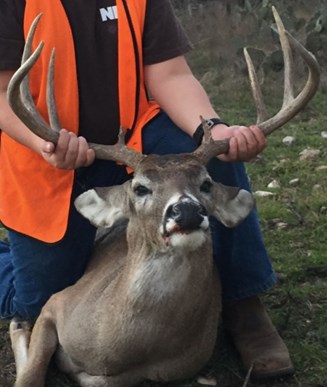
Every year we read about one of us “regular” hunters taking the buck of a lifetime. Often these deer come from public lands, family farms or other unexpected areas. What if this is your year? You head out to the field just hoping you successfully take something that you can put on the table, but then all of a sudden, “HE” steps out. The biggest buck you have ever seen steps out! You blink twice just to make sure you are not seeing things. While controlling the “buck fever” shakes that naturally emerge when seeing a trophy animal, you put the crosshairs on the vitals and slowly squeeze off the shot.
The next thing you know is that you are standing over a new Boone & Crockett (B&C) record book deer! What you do in the next couple of hours can determine if it will go into the record books or be rejected. Do your research and know ahead of time what the proper procedure is for ensuring that correct and accurate scoring of your trophy animal.
Drying Period
There is a mandatory 60-day drying period before an official score by an Official Measurer (OM), can be taken. During this time, the antlers, horns or skull must be kept in a “habitable” condition. A habitable condition is at a temperature of at least 60 degrees F (15 degrees C) or greater. This includes any pick-ups that are still attached to the skull.
The waiting period or drying period was established by the Boone & Crockett (B&C) Club scoring department when they released their scoring procedure in 1950. This drying period was initiated to be fair to trophies that were taken before this date because many had been drying for decades. In an age before the internet and cell phones, it could take up to two months to find an Official Measurer. Not only did it take a long time to find an OM, but there were also not that many certified individuals who could perform the measurement.
Antlers and horns are made of living tissue and, as such, contain moisture. Skulls must be cleaned of all flesh, membranes, non-osseous and cartilage. As antlers and skulls dry, they shrink. Not all antlers and skulls shrink at the same rate. Additionally, antlers taken in early season usually hold more moisture than antlers taken in late season.
If a hunter does not agree with the OM, he or she may ask for them to re-measure the trophy. It is not permissible to “score shop” to find an OM that gives a more favorable score. If a hunter would like a re-score from a different OM, he or she must get approval from the records office.
Antlers, horns and skulls that potentially could make the Boone & Crockett (B&C) Record Book must be re-scored by a judge’s panel. It could be several years before a judge’s panel convenes to perform the final measurement. During that time antlers, horns and skulls can have additional shrinkage, that is less than the original measurement taken by the OM. In this case, there is an “allowable shrinkage” for the trophies. If the re-score is within the “allowable shrinkage,” the original score by the OM is recorded.
Eligibility
All B&C record book trophies must have been taken in accordance with the game laws of the state or province where the trophy was taken. All horns and antlers entered into the B&C Record Book must be real. If the authenticity of any trophy is in question, the hunter must agree to have a 1/16 hole drilled into the back and base of the antlers or horn. This is to ensure the authenticity of the antlers, if permission is not given, the trophy will be rejected.
Repaired antlers, horns or skulls are permitted on a case-by-case basis. All repairs must be reported. Eligible skulls can be broken if the pieces fit together perfectly. Skulls may not be sawed. All repairs must be made with the original antler, horn or skull pieces. The antlers, horns or skull are not eligible for scoring if they have been painted. Antlers can be varnished if the varnish does not have air pockets or is not so thick as to affect the measurements.
Technology cannot be used to take an eligible animal. This does not include devices such as GPS or other navigation devices. The use of “smart scopes,” real-time trail cameras that lead a hunter to a trophy, or drones are not allowed to be used for taking an eligible B&C trophy.
When scoring your antlers, horns or skull, each value is recorded separately. For example, if you have an eight-point deer and you are measuring the length of the points, the length of each point is recorded separately even though they are ultimately added together. There are many scoring tables available to a hunter. Boone & Crockett has a scoring table on its website for hunters to calculate their trophy’s score.
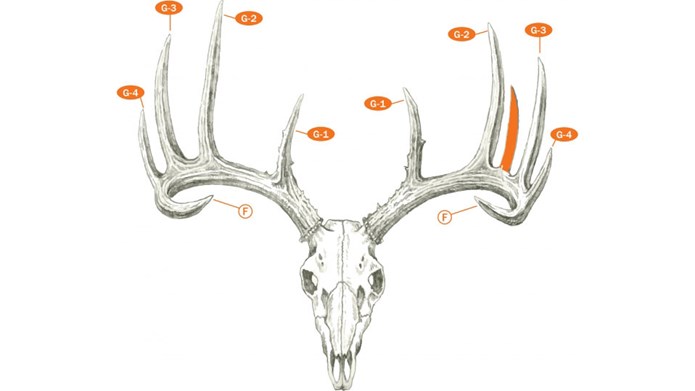
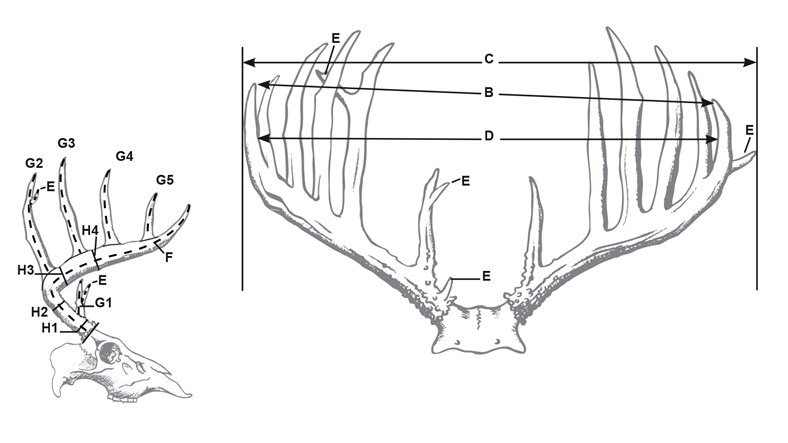
Images courtesy Boone-Crockett.org
Measurements
The approved measuring device is a ¼-inch wide, flexible steel measuring tape. A flexible steel cable can only be used to measure the main beams and points. A “point” is at least 1-inch long with a base of at least 1 inch. The beam “tip” is counted as a point but measured as the end of the main beam. All measurements are made to the nearest 1/8 of an inch.
Points. This is the total number of points on the right antler and left antler. This number includes the “tips” or points at the end of the main beams.
Spread. There are three spread measurements. The first spread measurement is the distance between the tips of the two main beams. The second measurement is the outside widest horizontal distance between the right and left antlers. This includes any points that stick out horizontally from the main beam. The third measurement is the greatest inside spread of the main beams. These measurements should be made parallel to the top of the skull between the antlers.
Abnormal Points. Abnormal points are those that are outside the normal “typical” antler rack. The abnormal point length is measured. If there is more than one abnormal point, they are recorded separately, but ultimately added together to get the total length. The total length of all abnormal points is added to the overall measurements to get the gross score, but then deducted from the total score to get the net score. Some abnormal points are very desirable even though they are subtracted from the gross score. For example, in Texas, “drop tines” are desirable antler points on whitetail deer but are considered abnormal points.
Normal Points. The first measurement is the main beam. Using the flexible steel tape or flexible steel cable, start at the burr where it meets the skull. Follow the lowest outside edge of the main beam along the outside edge of the main beam to the “tip” or point. Each additional point is measured from the base to the tip. These measurements are recorded separately but ultimately are added together.
Circumference. The circumference measurements are taken around the narrowest point between two points on the antler. The first measurement is the narrowest location between the burr and the first point on each antler. The second measurement is the narrowest location between the first and second point on each antler. The third measurement is the narrowest location between the second and third point on each antler. The fourth measurement is the narrowest location between the third and fourth point on each antler.
Hunters that would like an official score from the Boone & Crockett Club can fill out the scoring sheet on its website and submit the measurements. If you would like to be entered into the Boone & Crockett Awards Program, your trophy will have to be measured by an Official Measurer. Many states also have an awards or recognition program. Depending on the state in which take your trophy, go to the website of that state’s Game and Fish Department, and submit your measurements there. Some states may require an Official Measurer or a Game Warden from that state to verify the trophy.
